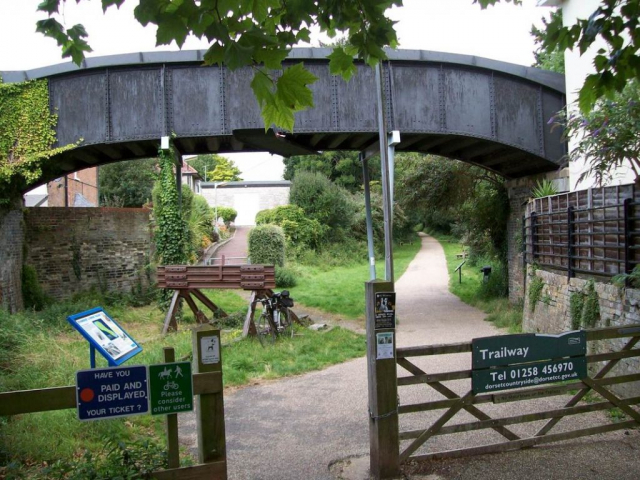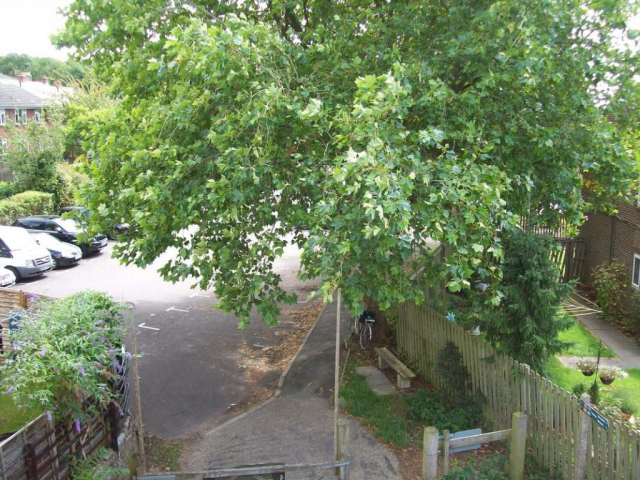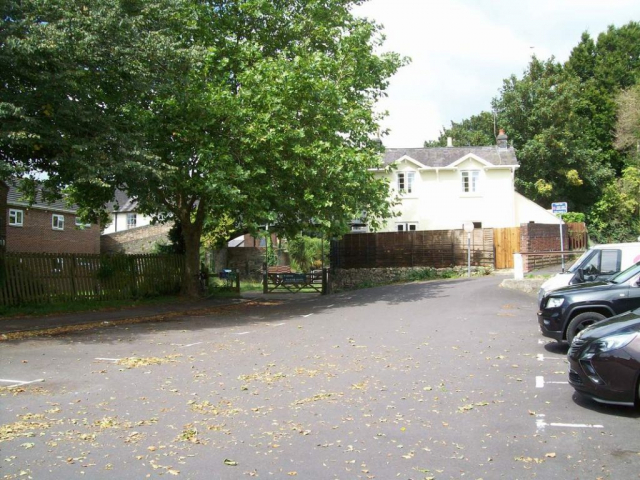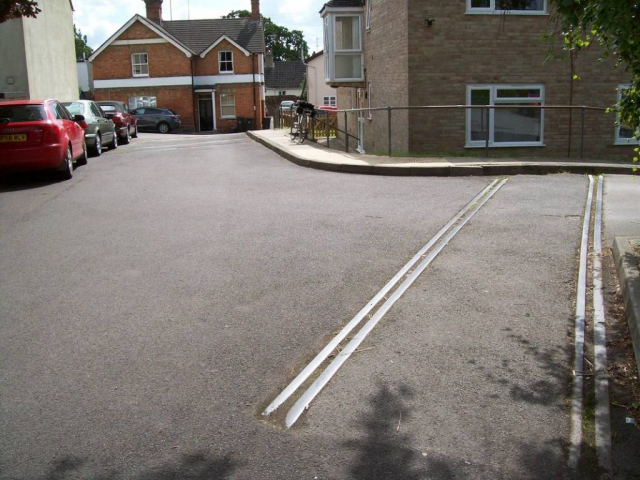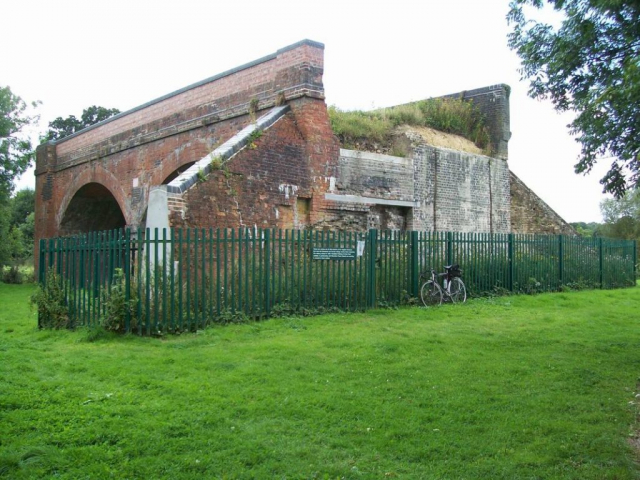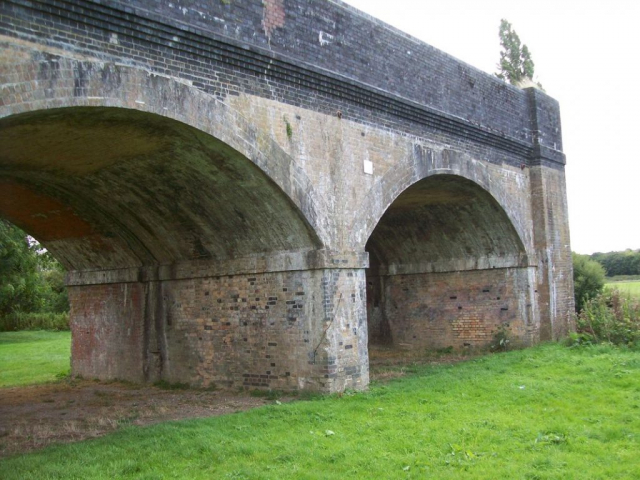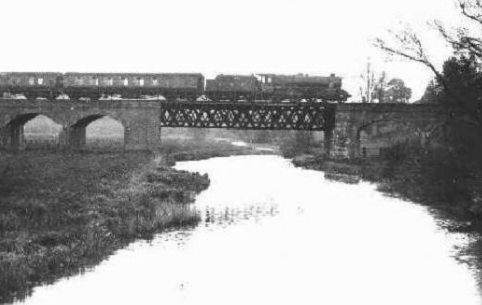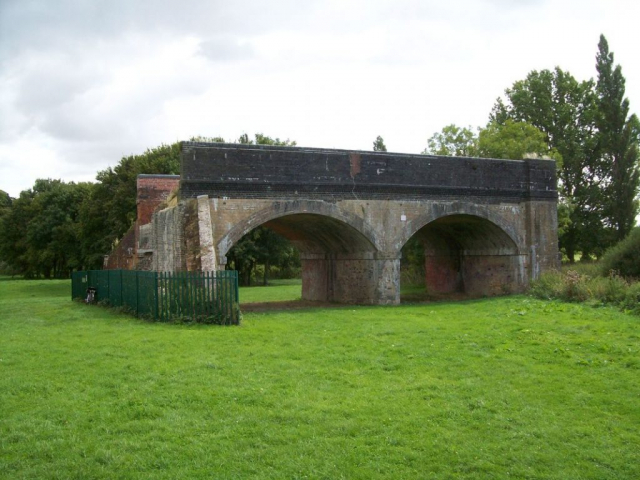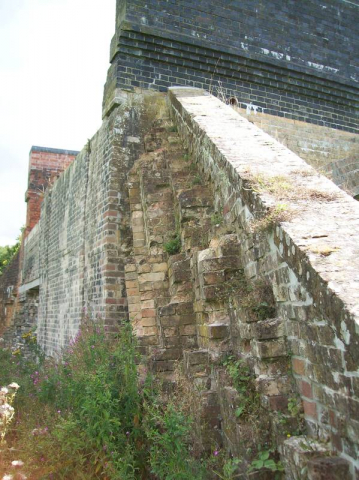The scout rode south from Templecombe in August, 2017.
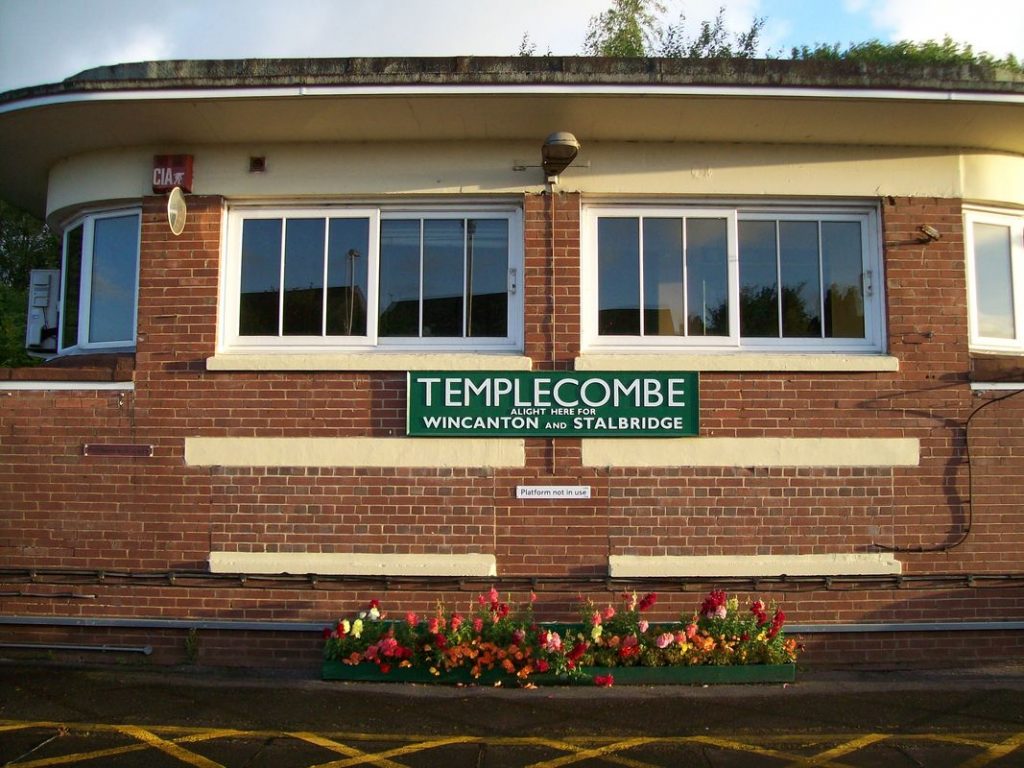
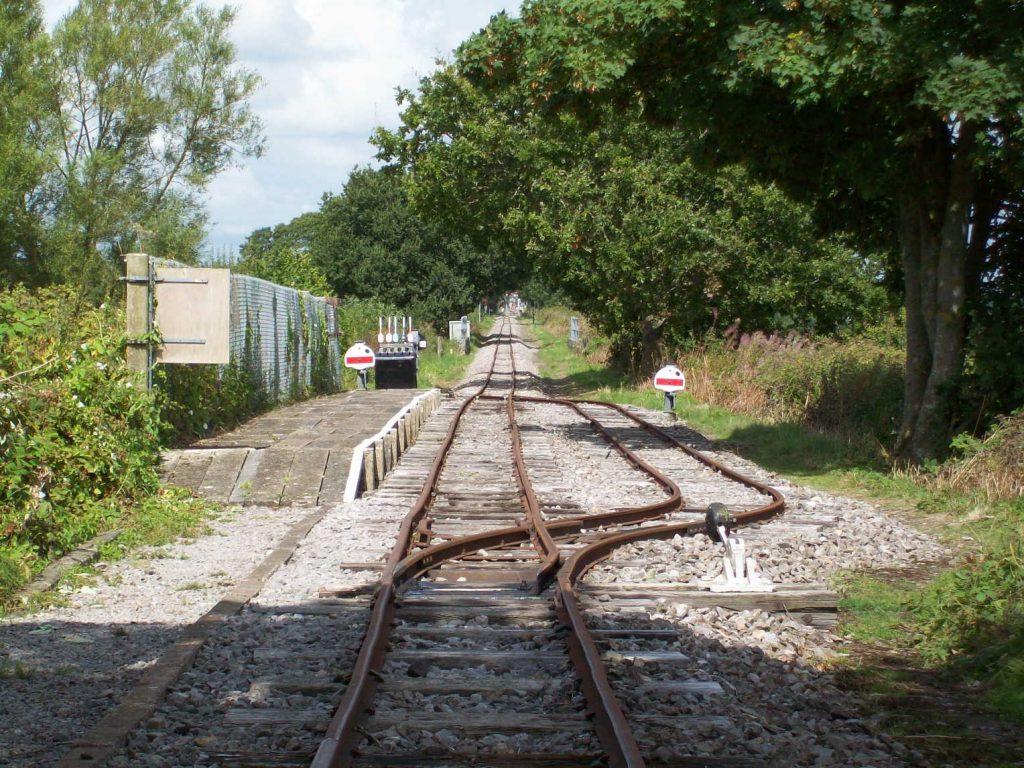
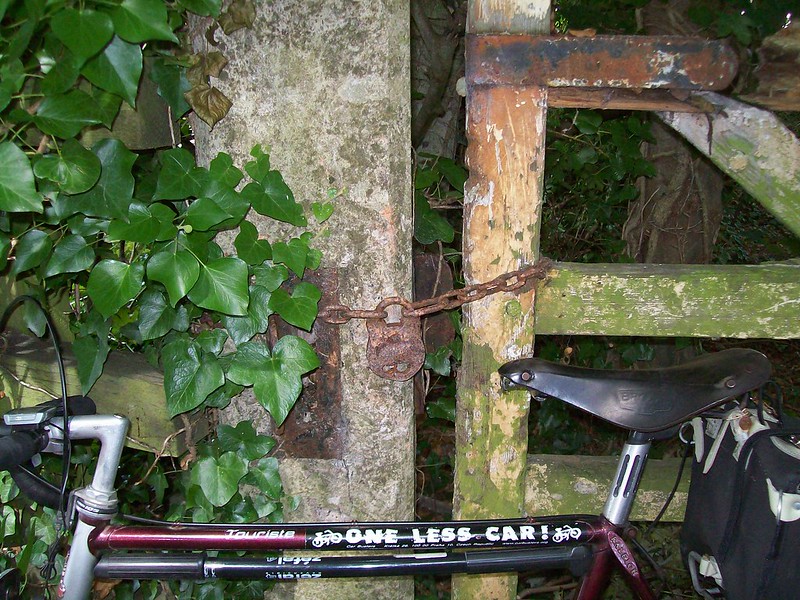
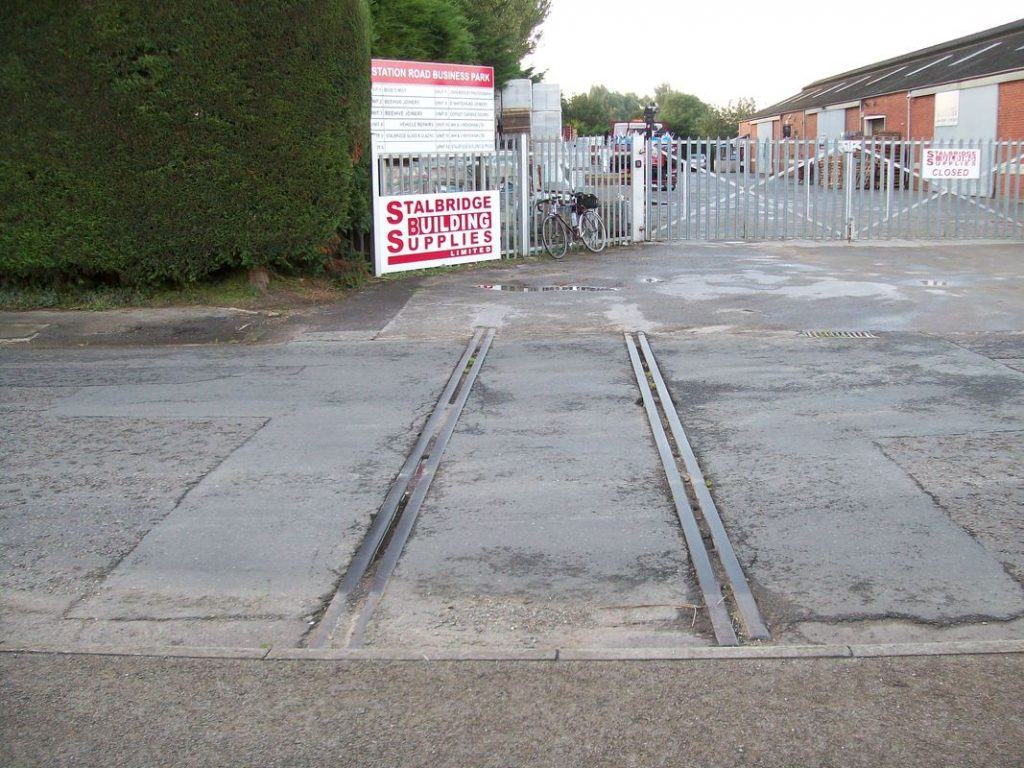
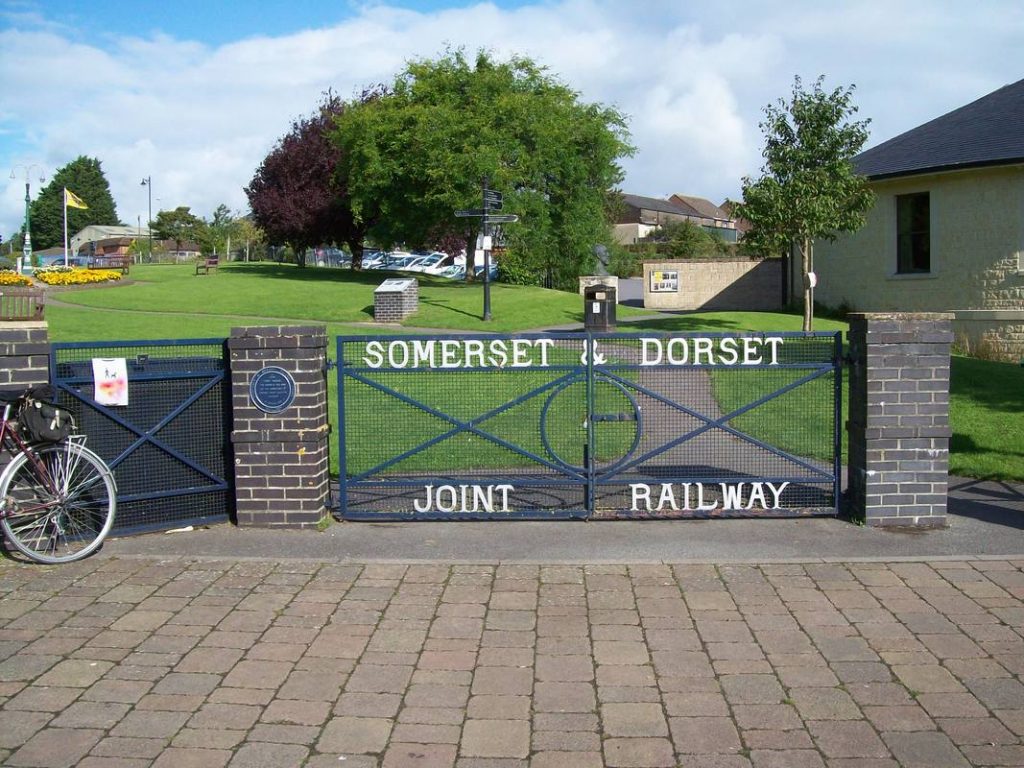
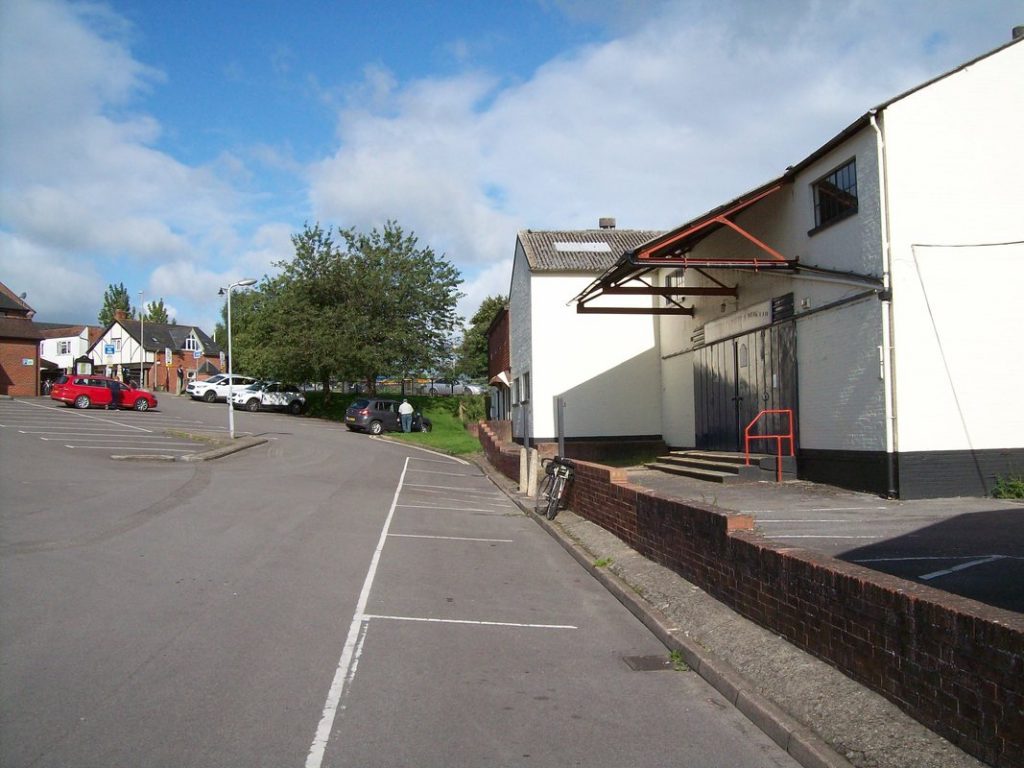
After a proper breakfast in “Stur,” the scout rode along the course of the line, crossing the River Stour on the way to Shillingstone.
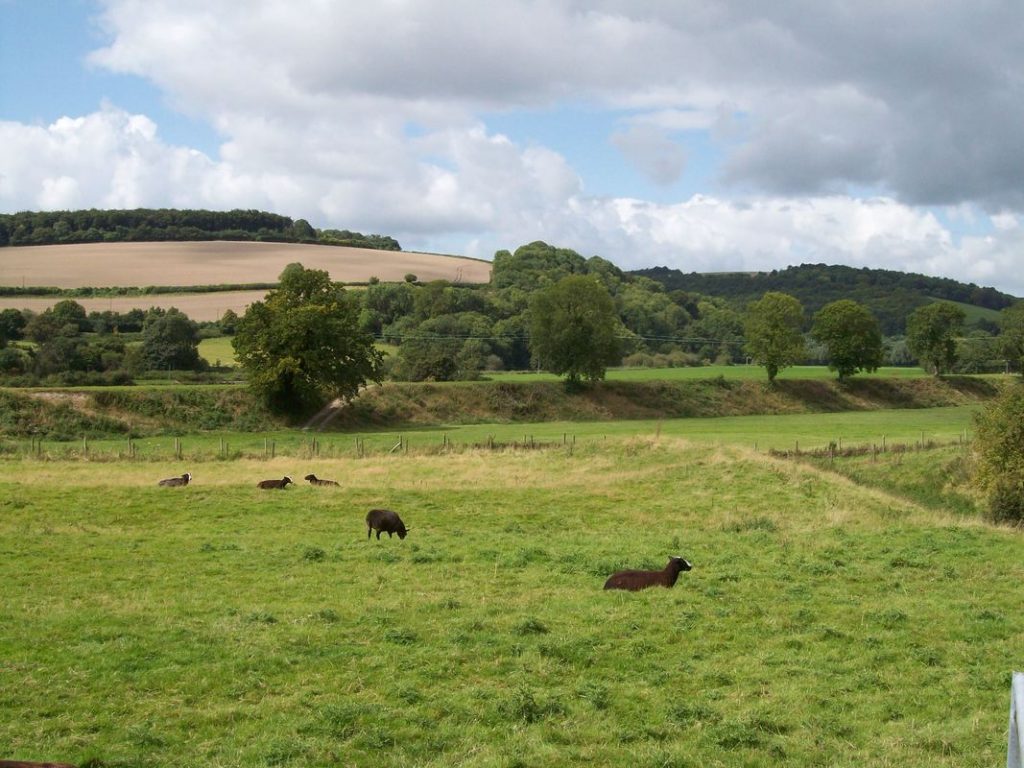
Flanders and Swann singing The Slow Train.
“No more will I go to Blandford Forum and Mortehoe”
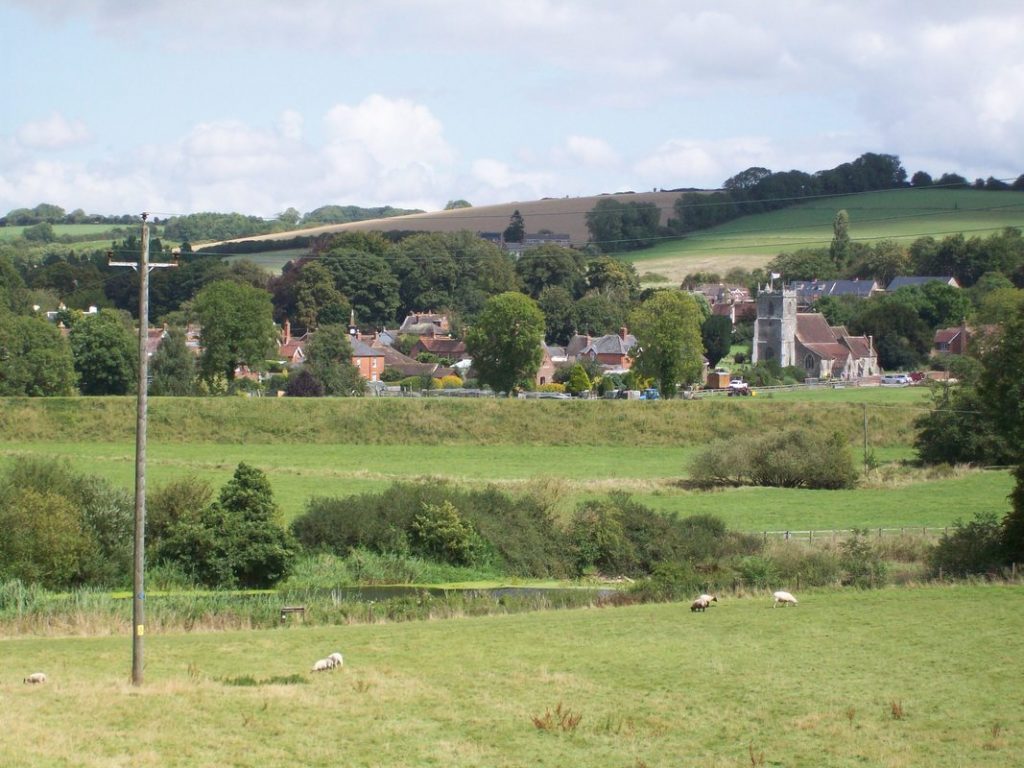
On another occasion, the scout would seat himself at Holy Trinity Church for lunch.
The embankment looks much as it did when it was operational. Today, if there were trains, they would hardly be seen because of lineside neglect.
At Shillingstone, a disgruntled former member of the preservation group had put glue in the locks and the scout’s first impression was of a project with some divisions of opinion. Understandably annoyed, one man gave vent in front of the lasses in the cafe and the visiting public, which rather let the place down.
After lunch, the scout had a quiet word with a trustee and voiced his displeasure at hearing a volunteer loudly using foul language in front of everyone. The trustee told the scout that he was glad he had remarked on it because he needed good reason to bring up the matter.
The scout left the S. & D. and struck off towards Shaftesbury.
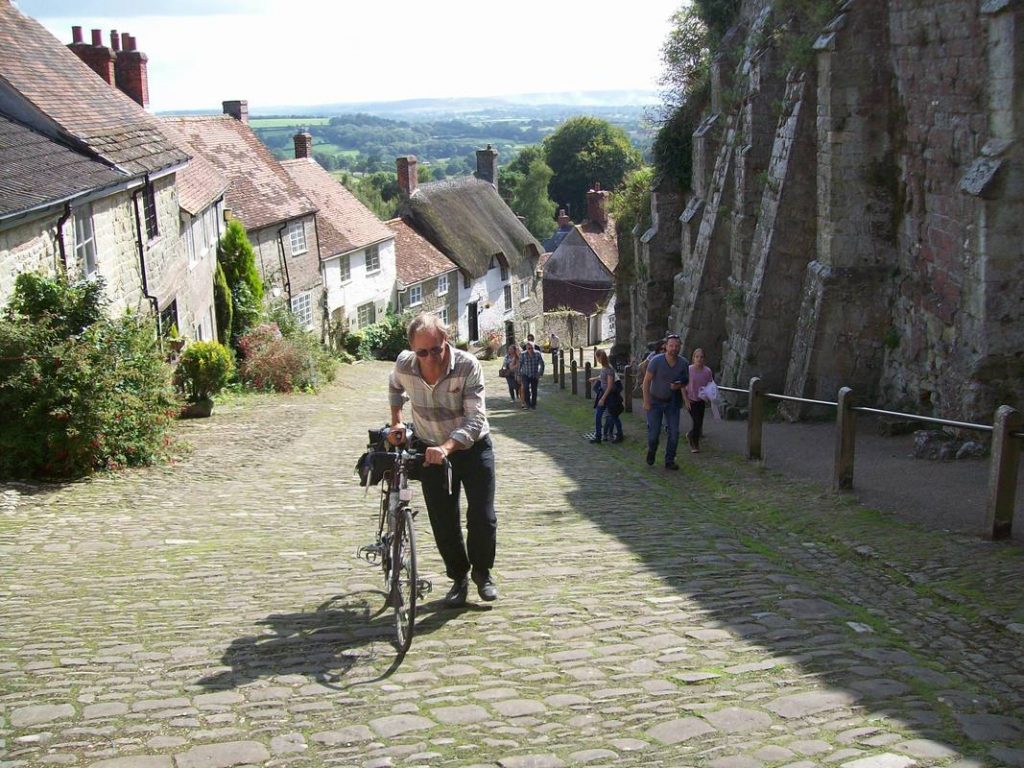
It was with great reluctance that the scout left Shaftesbury, hoping to spend an hour in Gillingham. When he called at the station to see how the train he had booked on was running (it being during engineering work at Waterloo), he found that it was cancelled and that the earlier one was due. The train operator had kindly left bottled water in the waiting room for weary cyclists.
The train was lightly loaded but the scout doubted that the later one would have been. At St. David’s, he asked the driver whether, if he had had to stop on Honiton bank, he would reach line speed (85 m.p.h.) again. He told the scout that trains never achieve line speed; the best he had ever done was 78 m.p.h.

